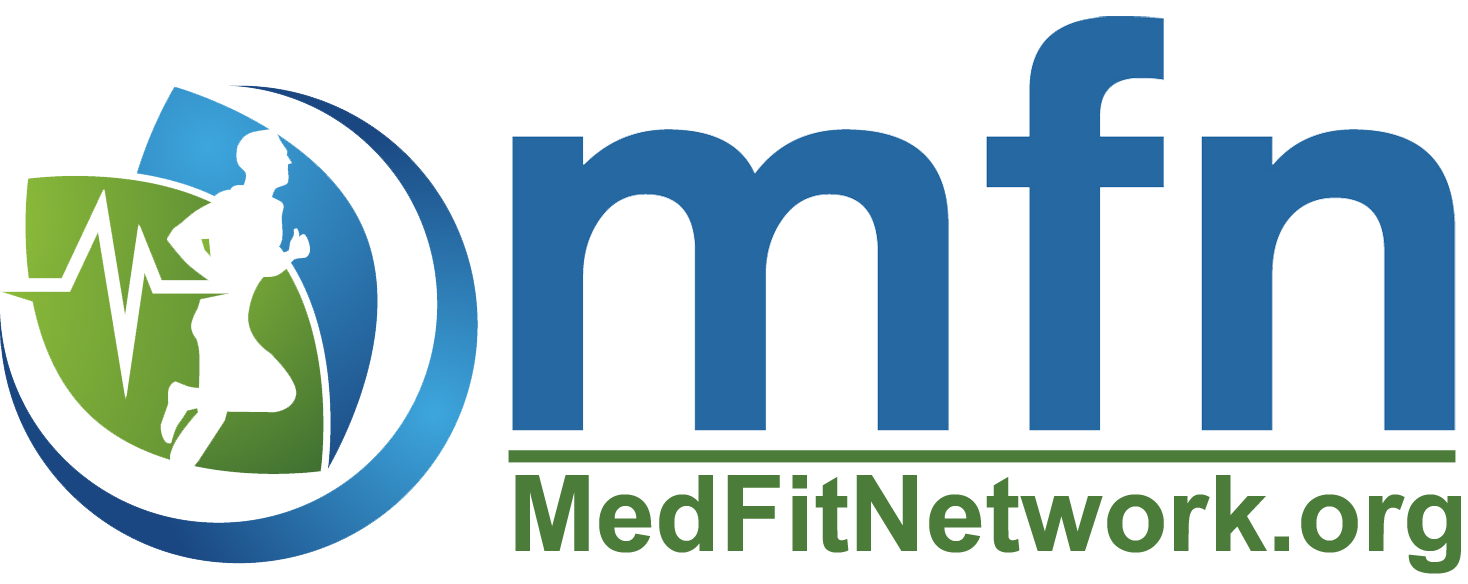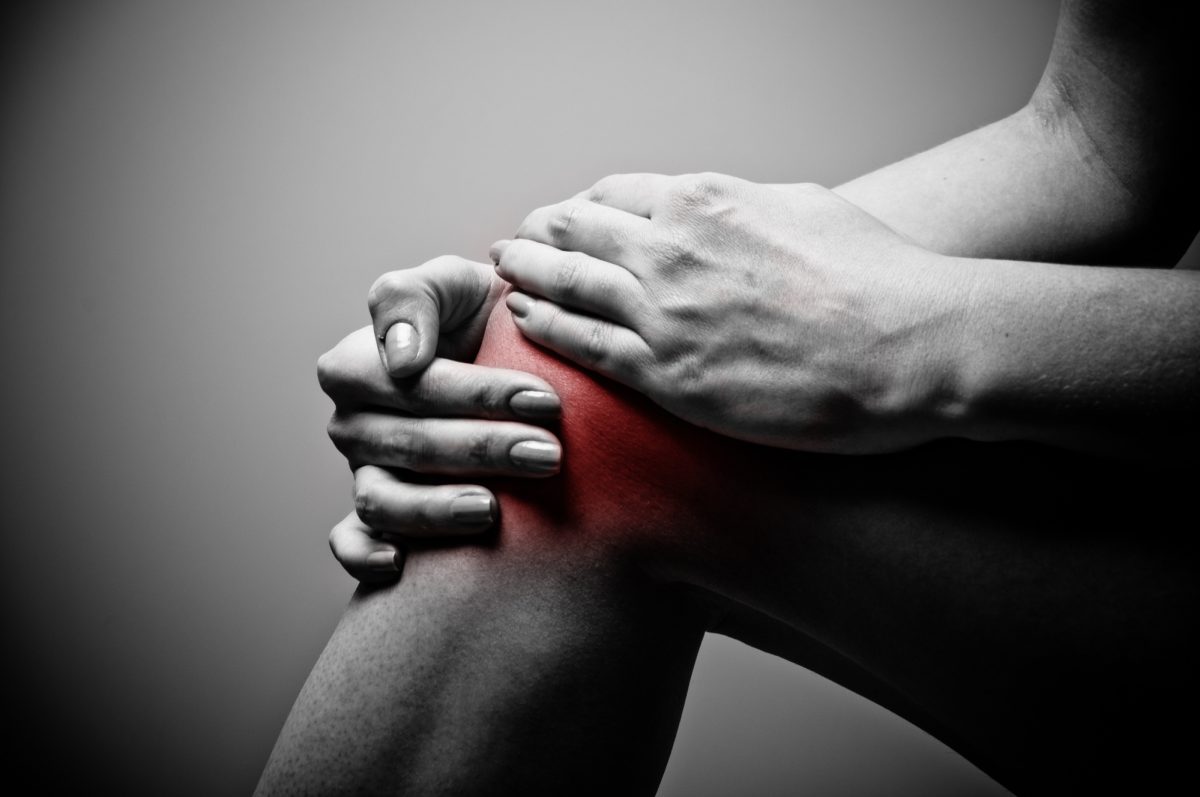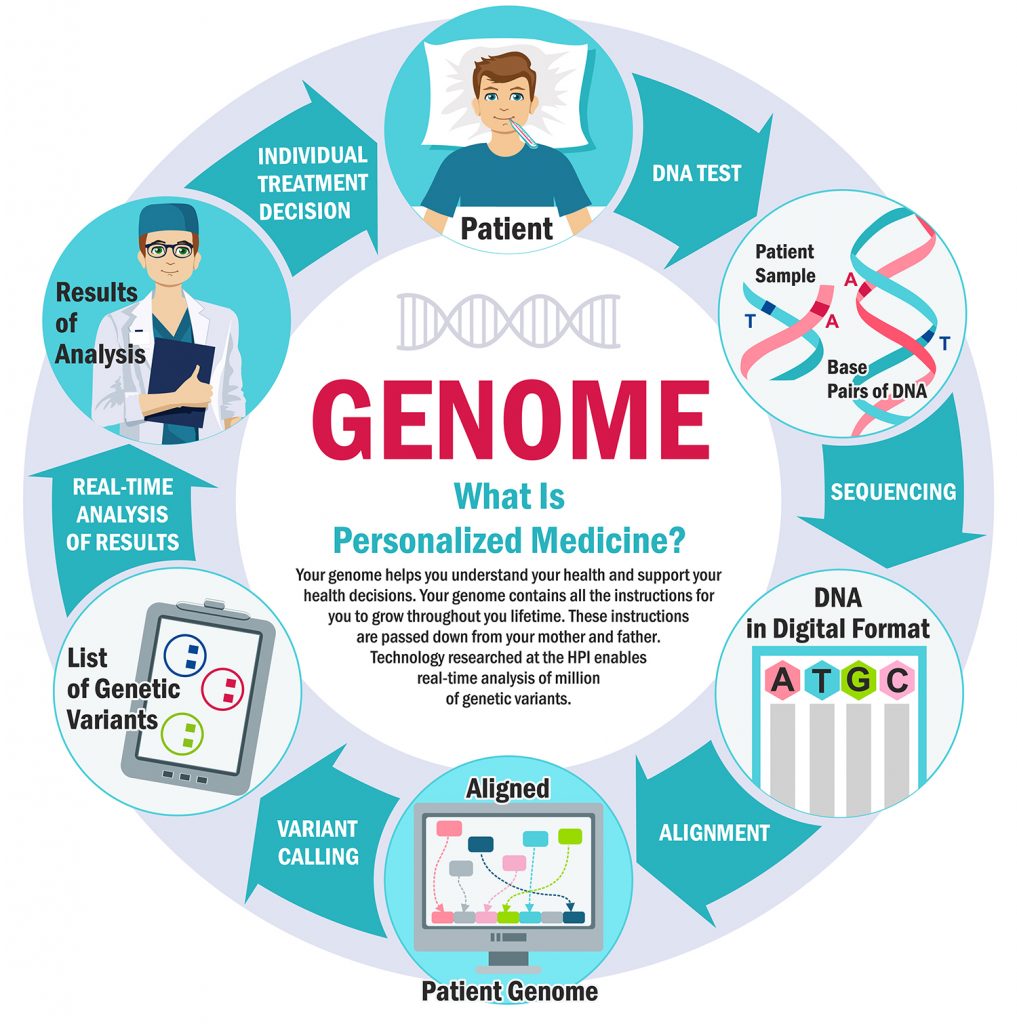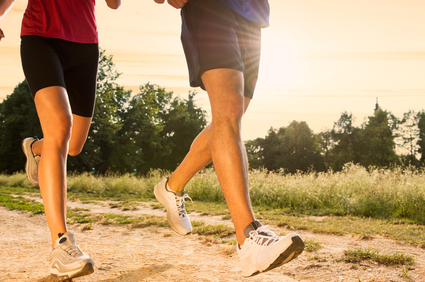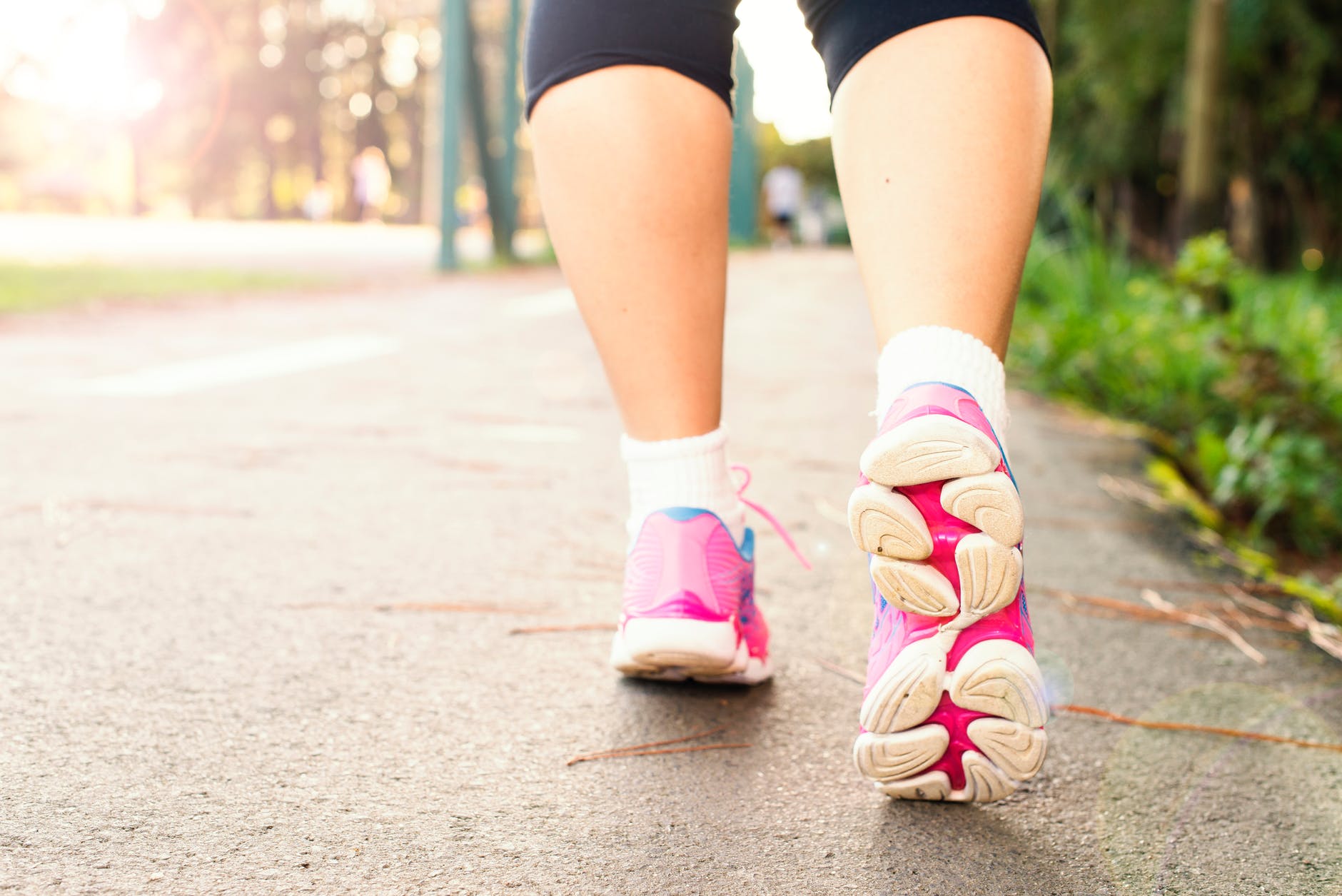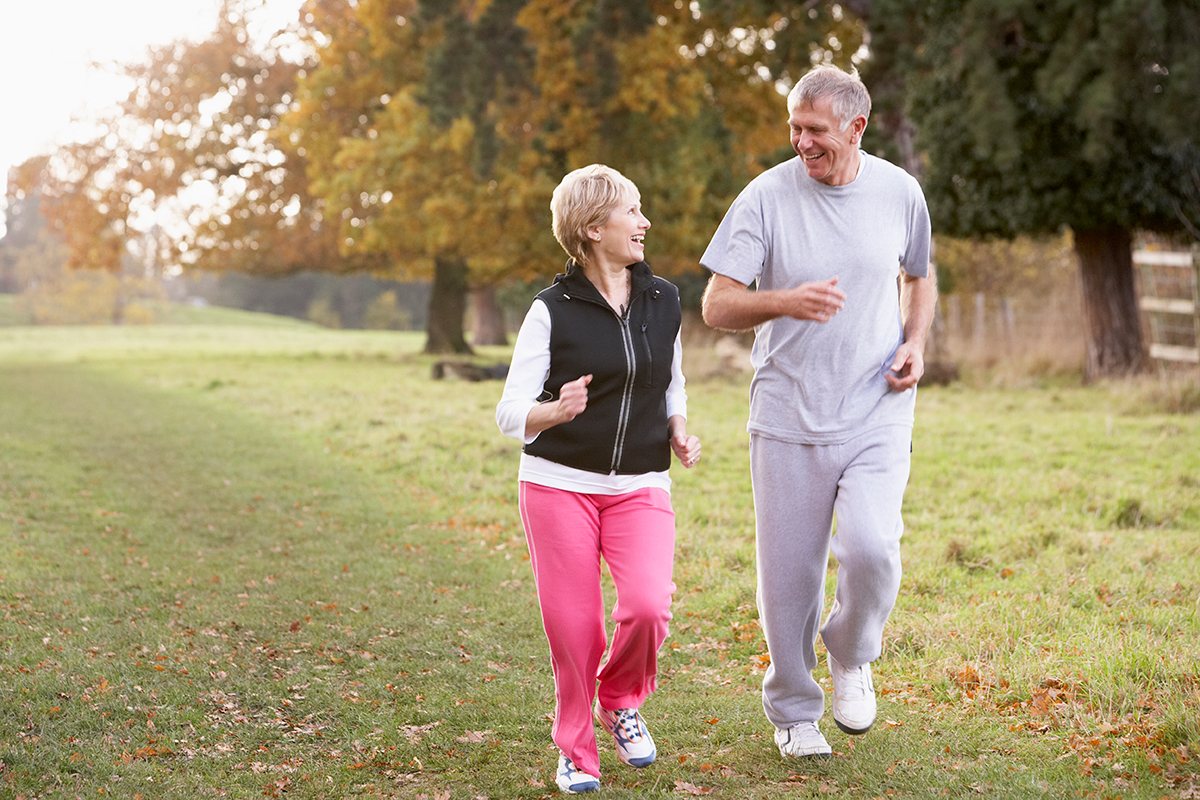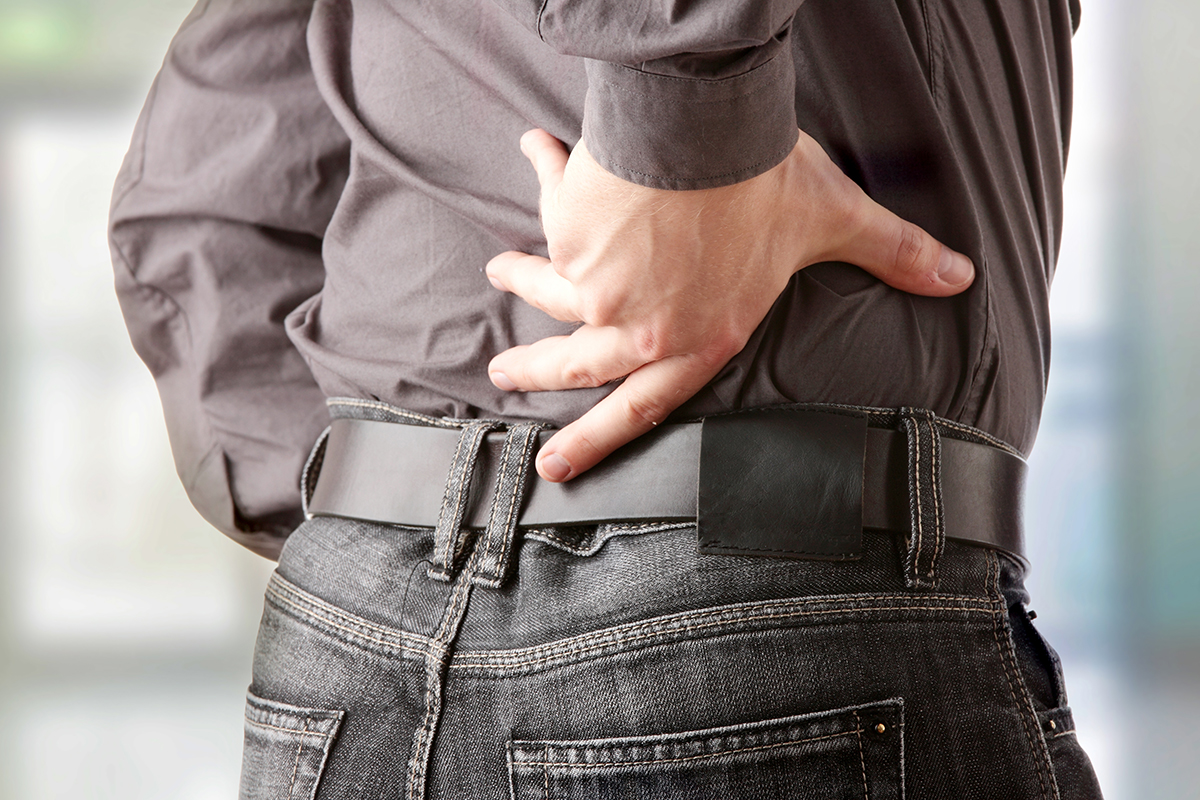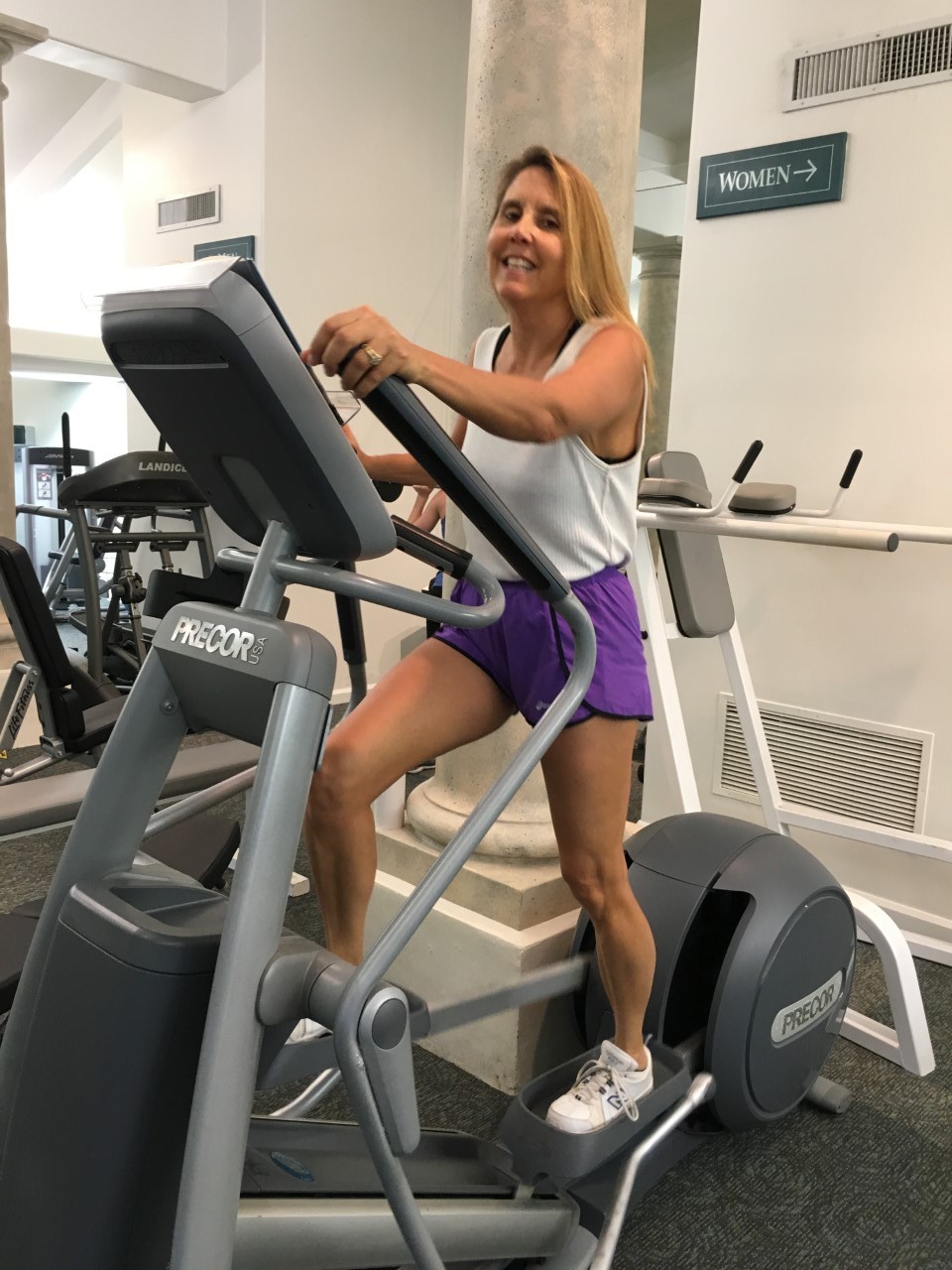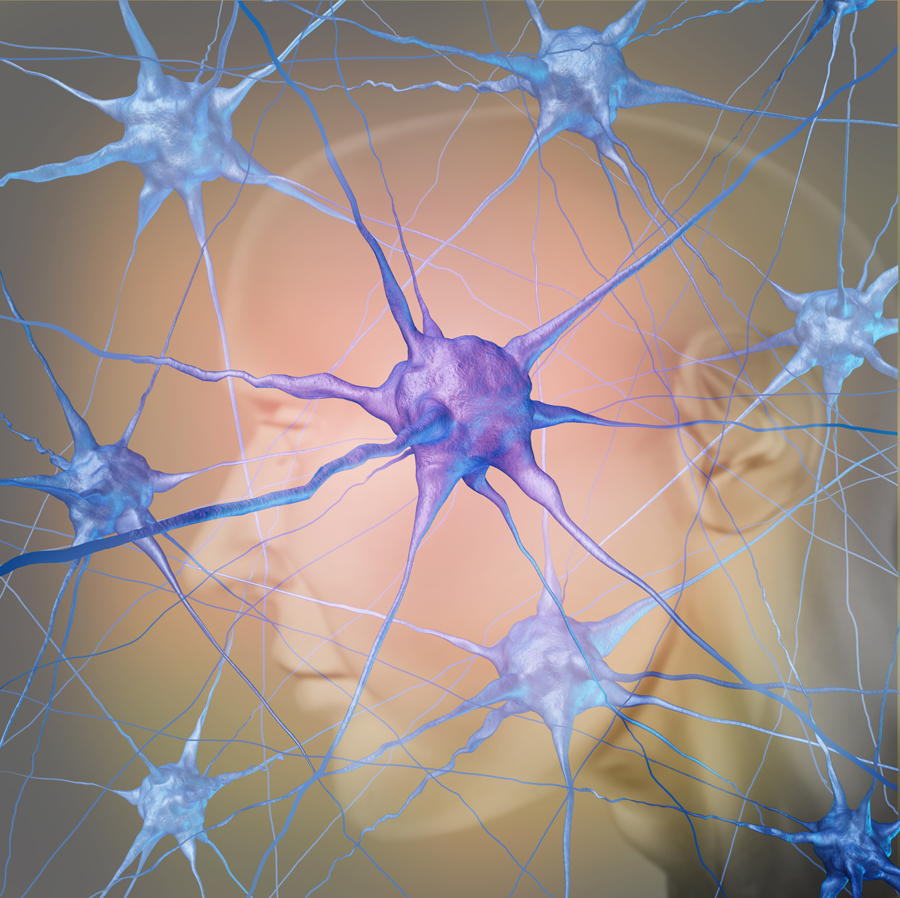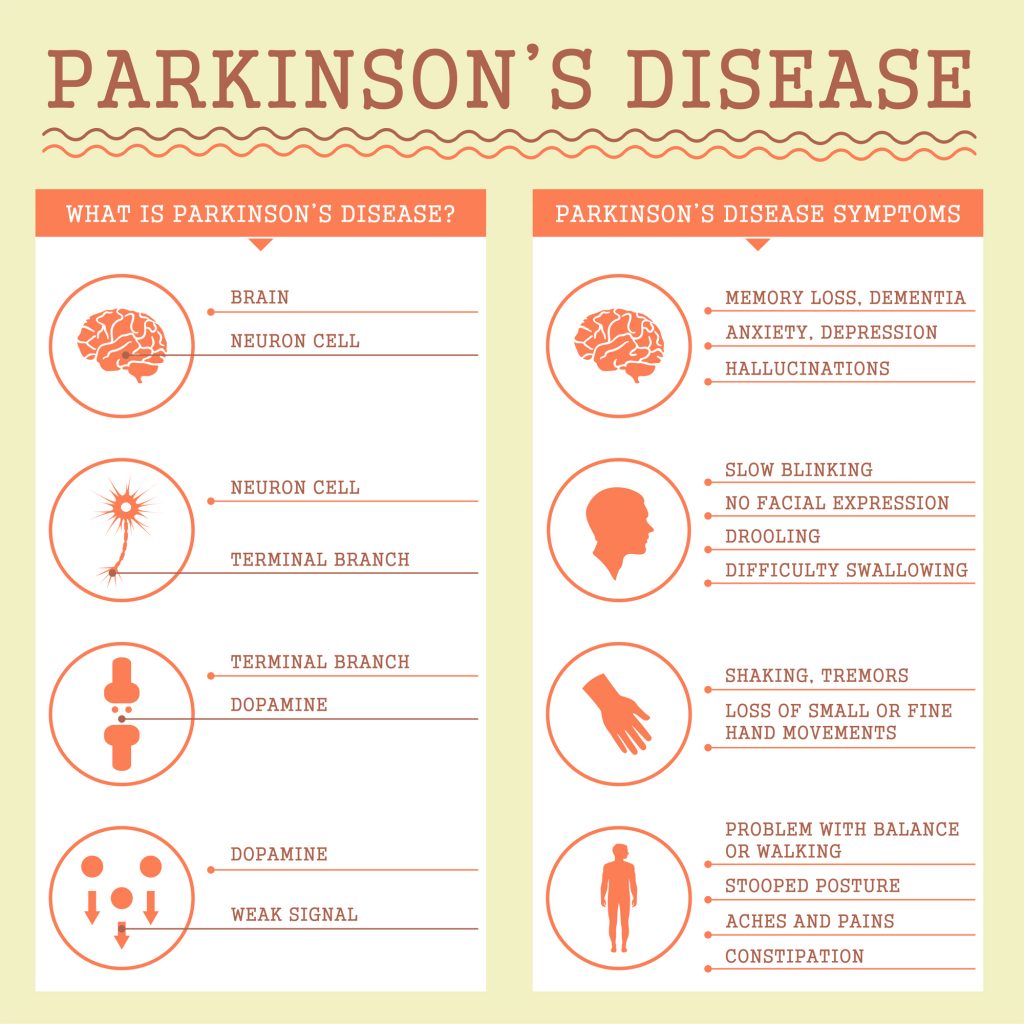Rolling to Fight Arthritis!
“By the year 2040, an estimated 78.4 million (25.9% of the projected total adult population) adults aged 18 years and older will have doctor-diagnosed arthritis” (Hootman JM, Helmick CG, Barbour KE, Theis KA, Boring MA)
The time is now! Let’s talk about how to prevent the onset and symptoms of various forms of arthritis through myofascial release!
What is myofascial release?
It is a type of physical therapy often used to treat myofascial pain syndrome. Myofascial pain syndrome is a chronic pain disorder caused by sensitivity and tightness in your myofascial tissues. These tissues surround and support the muscles throughout your body that are affected by arthritis.
What is fascia tissue?
This holds the muscle together and keeps them in the correct place. The fascia separates the muscles so they can work independently of each other. The fascia provides a lubricated surface so that the muscles can move smoothly against each other. When fascia is constricted, it prevents blood flow and decreases circulation.
What parts of the body can I roll?
- Head, Face & Neck
- Shoulders, Chest Arms, Wrists & Hands
- Upper & Lower Back, Hips, Glutes, Thighs, Knees, Ankles, Feet
What is the Benefit of Rollga Rolling My Face & Neck?
Rolling for Youth Preservation: First, let’s discuss regaining a rejuvenated look for our skin. When looking at what causes skin aging, it is a slowing down of circulation of blood. As noted by the NIH, this consists of a slowing in the circulation of nutrient-rich blood and detoxifying lymph and increasingly sluggish skin-cell turnover; the skin becomes more “stagnant.”
Rolling the Face. When “rolling” the face, be sure to apply gentle to medium pressure. The two main points of tension are in the superficial fascia and the other is lymph. Lymph is a highly underrated circulatory system within the body that is responsible for detoxifying waste from the skin on a cellular level, in addition to its many, many other functions. When holding tension in the muscles and fascia, lymph cannot move freely and do its job of clearing out waste from the tissue. The result of poor lymph flow can present as dull skin, an accumulation of blackheads and milia, and/or stubborn hyperpigmentation, and more. Superficial fascia is the layer of connective tissue right under the skin on the face. It acts as the support and infrastructure for your skin and is responsible for giving it “lift and tone.” It can also carry a lot of tension and adhesions that restrict circulation of blood and lymph. If you’ve ever used a foam roller on tight legs, think of how much softer one leg feels after rolling when compared to the unrolled leg. Foam rolling is a form of self-administered myofascial release, and that is EXACTLY what we want to do for the face.
Rolling for Neck Tension. The neck is the superhighway of ALL circulation to and from the face. A tight neck acts like a traffic jam between the body to face and back again. This prevents detoxifying lymph from draining as well as it should, and working the neck alone can be major in bringing flow and vitality back to the complexion as well as reducing puffiness in the face. Many people experience a very high level of neck and jaw tension due to everyday stress. Remember that working hard also means you must self-care harder!
Rolling to Fight Arthritis: To reduce the onset of symptoms from various diseases such as arthritis that affect facial and neck muscles, various myofascial release techniques such as Rollga rolling stimulates muscles, improves blood flow and enhances circulation. Because the jaw is a joint that is commonly affected by arthritis, myofascial release eases tension, improves joint mobility and decreases pain while speaking or chewing.
Learn more about Rollga rolling for the face and neck by contacting info@ContiFit.com
Request a manual, attend a workshop, or take an online course to learn about myofascial release with Let’s FACE it Together™ Facial Exercise & Rehabilitation!
Check out the Arthritis Fitness Specialist Online Course from MedFit Classroom.
Reprinted with permission from Christine Conti. Originally printed on rollga.com.
Christine M. Conti, M.Ed, BA is and international fitness educator and presenter. She currently sits on the MedFit Education Advisory Board and has been nominated to be the 2020 MedFit Network Professional of the Year. She is currently writing the MedFit Network Arthritis Fitness Specialist Course and is the CEO and founder of ContiFit.com and Let’s FACE It Together™ Facial Fitness & Rehabilitation. Christine is also the co-host of Two Fit Crazies & A Microphone Podcast and the co-owner of TFC Podcast Production Co.
